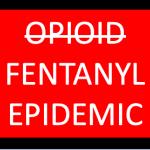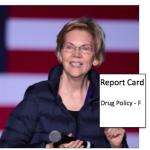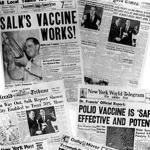It's time to update our language, something that is routinely done to ensure accuracy and minimize antiquated, bigoted, and offensive terms. Think about some of the changes we've seen in the past few decades.
Fentanyl
Just when you think that maybe people are finally starting to figure out that the war on prescription opioid analgesics has instead been a war on pain patients and the doctors who treat them, a tidy package of misinformation
It's not at all surprising that CDC data from 2020 shows an increase in drug overdose deaths.
Earlier this month, the Massachusetts Department of Public Health released Data Brief: Opioid‐Related Overdose Deaths Among Massachusetts
Our resident chemist, Dr. Josh Bloom, has followed the opioid crisis for several years. He was the first to raise the alarm that opioid overdoses and deaths were being driven largely by fentanyl, not Vicodin or other prescription pills.
Is sticking your finger down your throat a pleasant experience? (Sorry, bulimics excluded)
How about sticking it down there and leaving it for three weeks? This is not a gag (sorry).
"I cut it twice and it's still too short" is an old carpenter's joke about persistence coupled with incompetence. It's a pretty good joke.
It's a new year, but we're the same old ACSH. While everyone else was out partying and celebrating, we were busy debunking junk and spreading the good word about science. This year is already off to a great start.
ACSH friend Dr. Vanila Singh, the former Chief Medical Officer for the Office of the Assistant Secretary for Health at the U.S.










